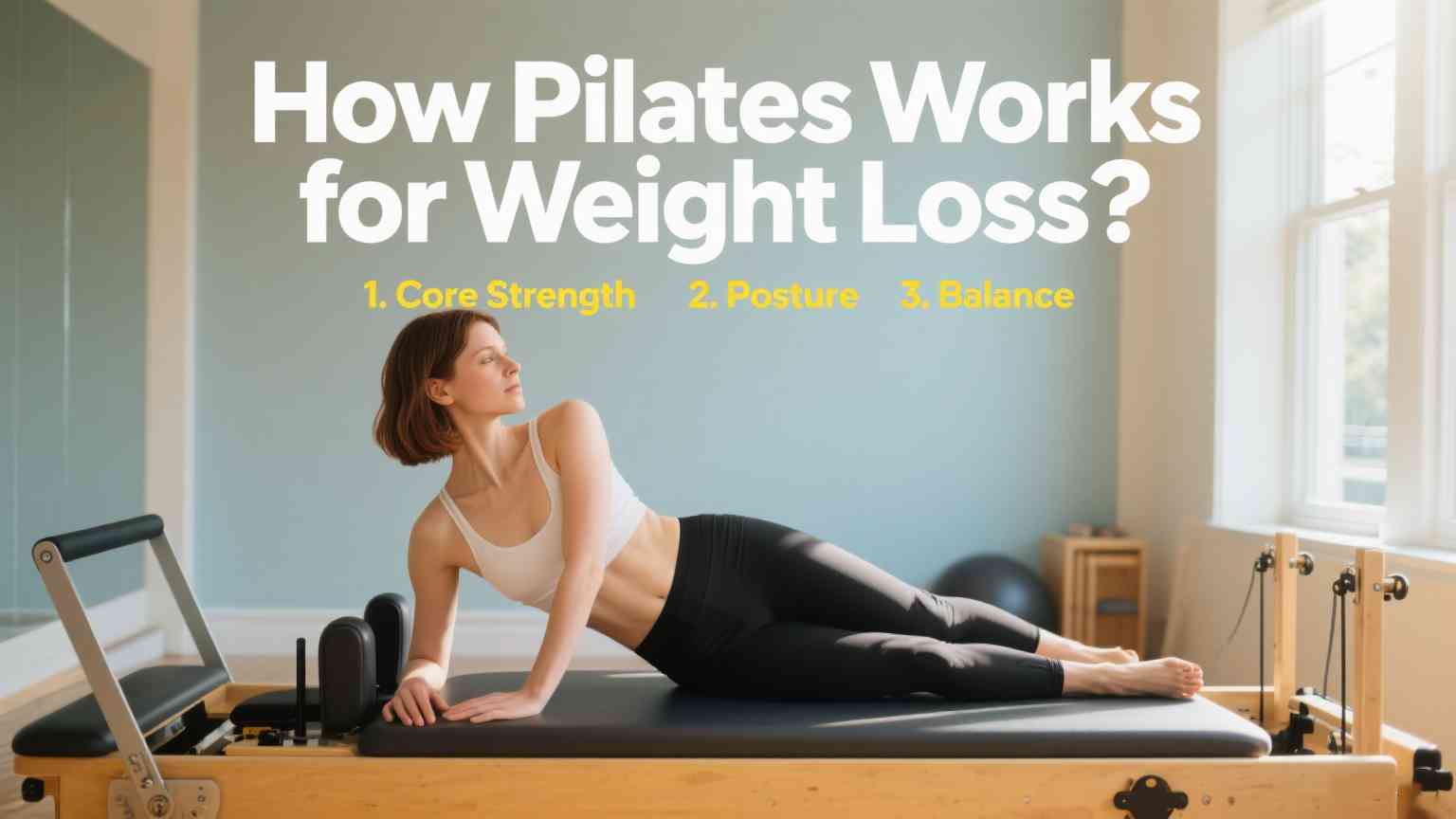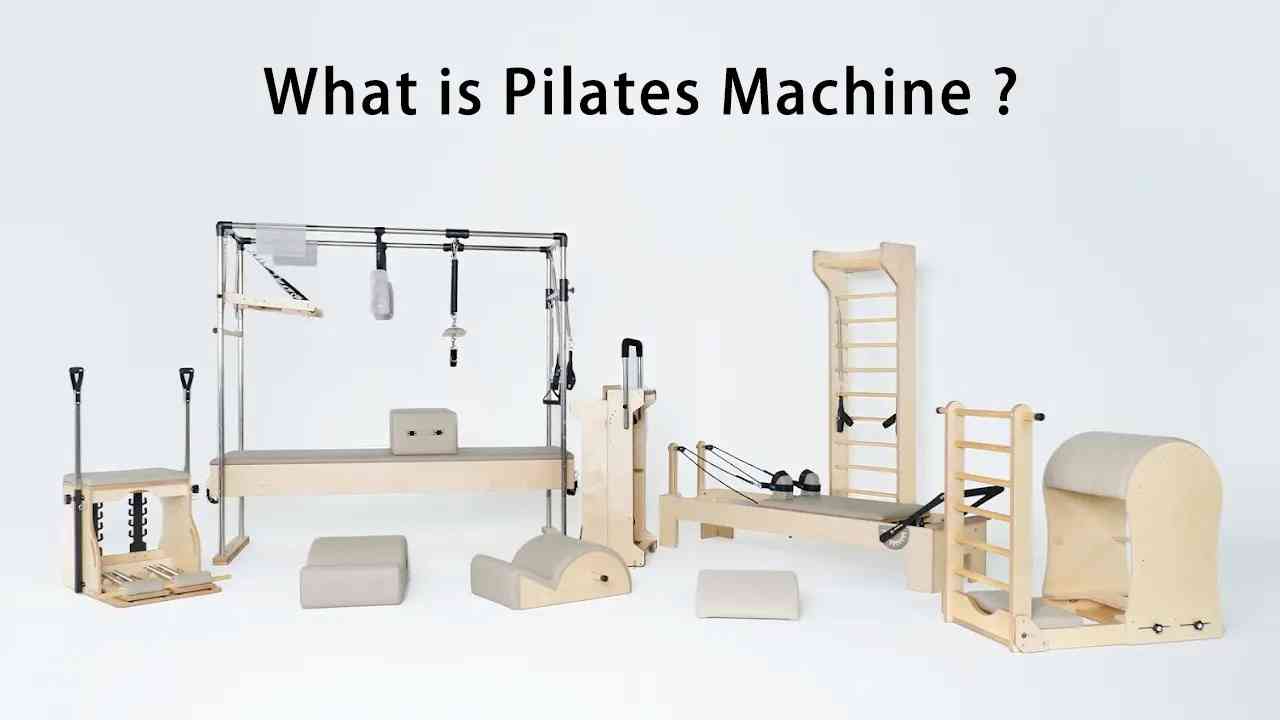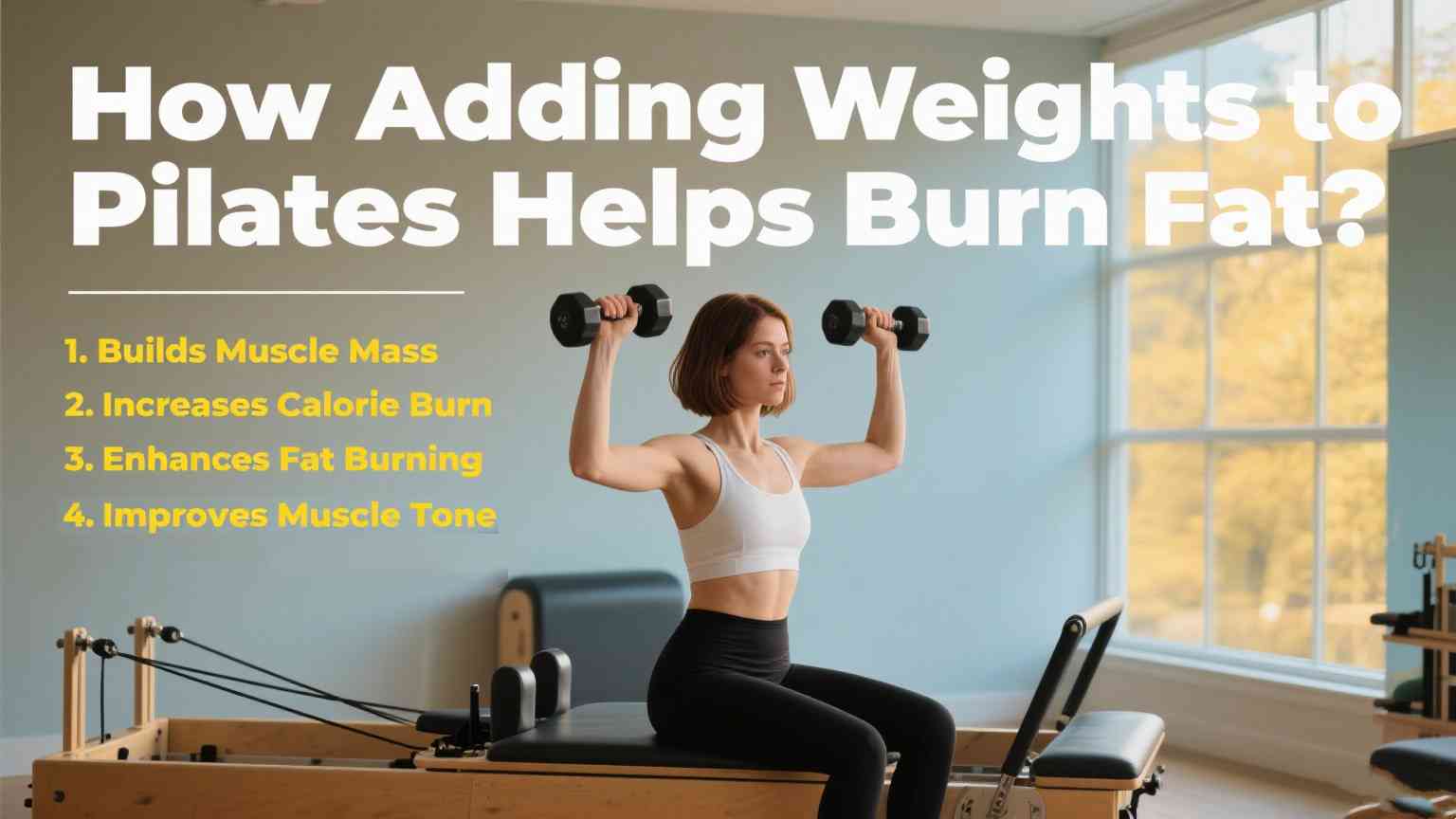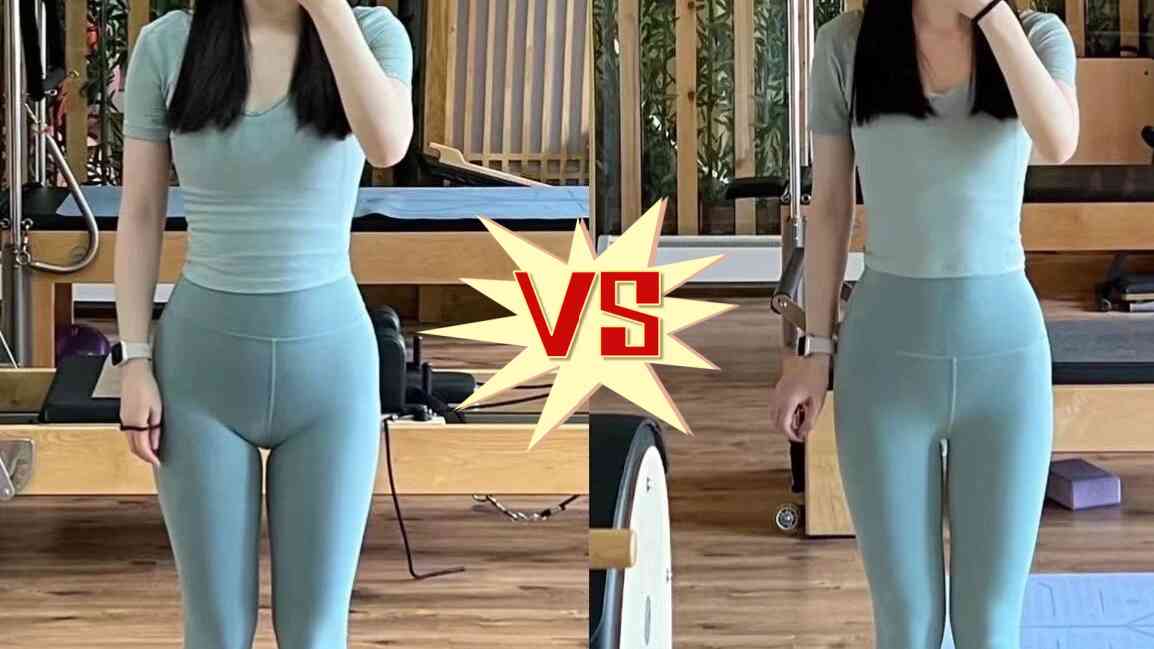Can you lose weight with Pilates equipment? The answer is yes! Pilates, particularly when combined with equipment such as the Reformer, Cadillac, and Wunda Chair, can be an effective and low-impact method for burning fat, building lean muscle, and improving overall body composition. By adding resistance and increasing the intensity of your workout, Pilates equipment helps you target key areas for toning and weight loss while improving flexibility and strength.
✅ Understanding Pilates and Weight Loss
What is Pilates?
Pilates was developed in the early 20th century by Joseph Pilates, a German physical trainer. Initially called Contrology, the method was designed to help patients recover from injuries by improving strength, flexibility, and posture.
Joseph Pilates was inspired by a combination of Eastern and Western philosophies, including yoga, martial arts, and the rehabilitative exercises used in hospitals during World War I. His approach focused on controlled movements, deep breathing, and the development of core strength. Over time, Pilates became popular among dancers and athletes, and today it is practiced worldwide as a low-impact exercise for enhancing overall fitness.
How Pilates Works for Weight Loss?
Pilates is an effective method for weight loss because it focuses on improving core strength, posture, and balance—all of which play a significant role in overall body toning and fat reduction.
1. Core Strength
Pilates is known for its emphasis on the core (the muscles around your abdomen, lower back, and hips). By strengthening these muscles, Pilates helps improve posture, enhance stability, and increase the effectiveness of every movement. A stronger core leads to better muscle engagement throughout the body, making workouts more efficient at burning calories and sculpting muscles.
2. Posture
Pilates encourages proper alignment and posture, which not only helps prevent injuries but also increases the body's ability to perform movements more efficiently. Maintaining a balanced posture allows for deeper muscle engagement, which in turn helps to burn more calories during each exercise. Over time, improved posture can contribute to a leaner and more toned appearance.

3. Balance
Pilates requires focus and control, which improves your overall balance and coordination. These exercises often engage stabilizing muscles that aren't activated in traditional workouts. By targeting these smaller, often overlooked muscle groups, Pilates can help create a more balanced body composition and reduce fat in targeted areas, especially when paired with a healthy diet.
Pilates vs. Other Workouts for Weight Loss
When comparing Pilates with traditional cardio workouts like running and cycling, here's a quick breakdown of their benefits for weight loss:
| Comparison Aspect | Pilates | Running | Cycling |
| Calorie Burn | Moderate calorie burn, less intense than cardio | High calorie burn (500-800 calories/hour) | High calorie burn (400-600 calories/hour), gentler on joints |
| Muscle Toning | Excellent for toning core, improves overall muscle strength and flexibility | Primarily tones lower body (legs and glutes) | Focuses on lower body (quads, hamstrings, calves) |
| Flexibility & Mobility | Improves flexibility and mobility, especially in core and spine | Can cause muscle tightness; requires stretching for flexibility | Low impact, but doesn't enhance flexibility |
| Impact on Joints | Low-impact, gentle on joints | High-impact, higher injury risk over time | Low-impact, easier on joints than running |
| Sustainability | Sustainable and joint-friendly, great for long-term fitness | Effective for short-term weight loss, may lead to burnout or injury | Sustainable and joint-friendly, great for long-term practice |
1. Calorie Burn
Pilates: Moderate calorie burn, especially with equipment like the Reformer, but not as intense as cardio.
Running: High calorie burn (500-800 calories/hour) due to its high intensity.
Cycling: Also high (400-600 calories/hour), but gentler on the joints than running.
2. Muscle Toning
Pilates: Excellent for toning the core and improving overall muscle strength and flexibility.
Running: Primarily tones the lower body (legs and glutes).
Cycling: Focuses on lower body (quads, hamstrings, calves).
3. Flexibility & Mobility
Pilates: Improves flexibility and mobility, especially in the core and spine.
Running: Can cause muscle tightness; requires stretching for flexibility.
Cycling: Low impact, but doesn't enhance flexibility.
4. Impact on Joints
Pilates: Low-impact, gentle on joints.
Running: High-impact, higher injury risk over time.
Cycling: Low-impact, easier on joints than running.
5. Sustainability
Pilates: Sustainable and joint-friendly, great for long-term fitness.
Running: Effective for short-term weight loss, but may lead to burnout or injury.
Cycling: Sustainable and joint-friendly, great for long-term practice.
We are committed to delivering exceptional support and
top-tier service whenever you need it!
✅ The Role of Pilates Equipment in Weight Loss
Types of Pilates Equipment
Pilates equipment is designed to increase resistance, making exercises more challenging and effective for building strength, flexibility, and endurance. Here's a quick overview of the main Pilates equipment and how they add intensity to your workout:
1. Pilates Reformer
What it is: A versatile machine featuring a sliding platform, springs for resistance, and adjustable bars.
How it increases intensity: The Reformer allows you to perform exercises that target the whole body with adjustable resistance. By increasing the spring tension, the difficulty of movements like squats, leg presses, and core exercises can be intensified. The added resistance helps build muscle strength and burn more calories.
2. Cadillac
What it is: A large frame equipped with a variety of springs, bars, and straps.
How it increases intensity: The Cadillac allows for a wide range of exercises, from reaching stretches to strength-building movements. The springs provide adjustable resistance, which can make exercises more challenging, such as in exercises targeting the back, arms, or legs. It's especially beneficial for core strengthening and flexibility work, offering a full-body workout with a focus on controlled movements.

3. Balance
What it is: A compact, low-profile chair with pedals that provide resistance.
How it increases intensity: The Wunda Chair offers intense resistance exercises for the legs, core, and upper body. Exercises performed on the chair require greater balance and stability, increasing the challenge for smaller muscle groups. The chair is excellent for targeting the lower body, particularly for leg toning and core strengthening, as it demands more control and engagement from the stabilizing muscles.
How Adding Weights to Pilates Helps Burn Fat?
Adding weights to your Pilates routine enhances its effectiveness for fat loss by increasing intensity, boosting muscle development, and accelerating calorie burn. Here's how it works:
1. Builds Muscle Mass
Weights increase muscle engagement by providing resistance. The more muscle you build, the higher your resting metabolic rate (RMR) becomes, meaning you burn more calories even when not exercising. Building muscle through resistance training is key to long-term fat loss.
2. Increases Calorie Burn
Pilates alone is a low-impact, moderate-intensity workout. By adding weights, you increase the intensity of exercises, causing your body to burn more calories during the workout. The additional resistance requires more energy to complete movements, increasing your calorie expenditure.

3. Enhances Fat Burning
The combination of muscle building and calorie burn leads to fat loss over time. Weight training is known to enhance fat metabolism. As your muscles work harder with added resistance, your body continues to burn fat even after your workout (afterburn effect).
4. Improves Muscle Tone
Adding weights to Pilates exercises helps sculpt and define muscles. This not only leads to a leaner appearance but also reduces overall body fat percentage by promoting muscle growth and fat burning.
Pilates with Weights Before and After Results
Pilates with weights can produce noticeable body transformations over time, helping you achieve a leaner, more toned physique. Here's a breakdown of the expected before and after results:
1. Improved Muscle Tone
Before: You may feel like your muscles are somewhat soft or lack definition, particularly in areas like the arms, core, legs, and glutes.
After: Regularly adding weights to Pilates exercises leads to muscle growth and sculpting. You'll notice more defined arms, toned legs, and a firmer core. The added resistance increases muscle engagement, helping to burn fat and build muscle simultaneously.
2. Increased Strength
Before: You may find certain Pilates exercises challenging, especially those requiring upper body strength or stability.
After: With weights incorporated, your overall strength improves, especially in the upper body, core, and legs. The added resistance helps strengthen muscles, making movements easier to perform and allowing you to progress to more advanced exercises.
3. Fat Loss and Leaner Physique
Before: Without weights, you might see modest fat loss, but the rate of fat burning could be slower due to lower workout intensity.
After: Adding resistance accelerates fat loss by increasing calorie burn and boosting muscle mass. As your metabolism increases, you'll see a leaner physique, especially in areas like the belly, thighs, and arms. You'll notice your clothes fitting better and your body becoming more sculpted.

4. Enhanced Posture and Core Strength
Before: You may experience poor posture due to weak core muscles.
After: Pilates with weights strengthens your core, improving posture and alignment. The added resistance enhances your ability to engage stabilizing muscles, leading to a stronger, more balanced posture.
5. Increased Flexibility
Before: Flexibility may be limited, especially in areas like the hips and spine.
After: While Pilates with weights primarily focuses on strength, it also enhances flexibility. The movements promote joint mobility and muscle lengthening, improving overall flexibility and helping you feel more agile and limber.
✅ Conclusion
Ready to transform your body with Pilates equipment? Whether you're looking to shed a few pounds, sculpt a toned physique, or improve your overall fitness, Pilates offers a versatile approach that can help you achieve your goals. Don’t wait—start incorporating Pilates equipment into your routine today and experience the benefits of a stronger, leaner you!

Talk To Our Experts
Connect with an NQ expert to discuss your product needs
and get started on your project.
✅ FAQ
1. Can Pilates help with weight loss?
Yes, Pilates can help with weight loss, especially when you increase the intensity and use Pilates equipment like the Reformer. While Pilates is a low-impact exercise, it strengthens muscles, boosts metabolism, and burns calories. With consistent practice, it can lead to weight loss.
2. Is Pilates with equipment more effective than regular Mat Pilates?
Using Pilates equipment (such as the Reformer, Cadillac, etc.) adds resistance and intensity, which helps target muscle groups more effectively and accelerates fat burning. Compared to Mat Pilates, equipment-based Pilates offers more variations and precise muscle engagement.
3. How long does it take to see weight loss results from Pilates?
Typically, after 2-3 months of consistent Pilates practice, users can see noticeable changes in their physique, such as toning of the abdomen, legs, and glutes. However, weight loss results also depend on diet and lifestyle.
4. How many times a week should I do Pilates to lose weight?
For optimal weight loss, it is recommended to practice Pilates2-3 times per week. Combined with a balanced diet and some cardio, Pilates can accelerate fat burning and help achieve weight loss goals.
5. Can Pilates help lose belly fat?
Yes, Pilates is great for improving core strength and targeting abdominal muscles. While Pilates won't directly reduce belly fat, it strengthens the abdominal muscles, improves posture, and helps indirectly reduce belly fat.
6. Do I need to use weights in Pilates to lose weight?
Adding weights (such as dumbbells or resistance on the Reformer) can increase the intensity of Pilates, promoting faster calorie burning and muscle building. While Pilates without weights can still be effective for weight loss, resistance training speeds up the results.
7. Can I lose weight with Pilates alone, without other exercises?
While Pilates helps with weight loss, for more significant results, it's best to combine it with cardio exercises (such as running or cycling) and healthy eating. Pilates can be part of a well-rounded fitness routine, enhancing muscle tone and posture, but relying solely on Pilates may result in slower weight loss.
8. What Pilates equipment is best for weight loss?
The Reformer is one of the most popular Pilates machines, offering increased resistance to make workouts more effective for fat loss. Other machines, like the Cadillac and Wunda Chair, are also great options as they add variety and intensity to the workouts.
9. Should I control my diet while doing Pilates?
Yes, controlling your diet is essential for weight loss. While Pilates helps burn calories, without proper dietary management, weight loss might be limited. Combining a healthy eating plan with Pilates will help you achieve your weight loss goals faster.
Post time: Jul-21-2025
